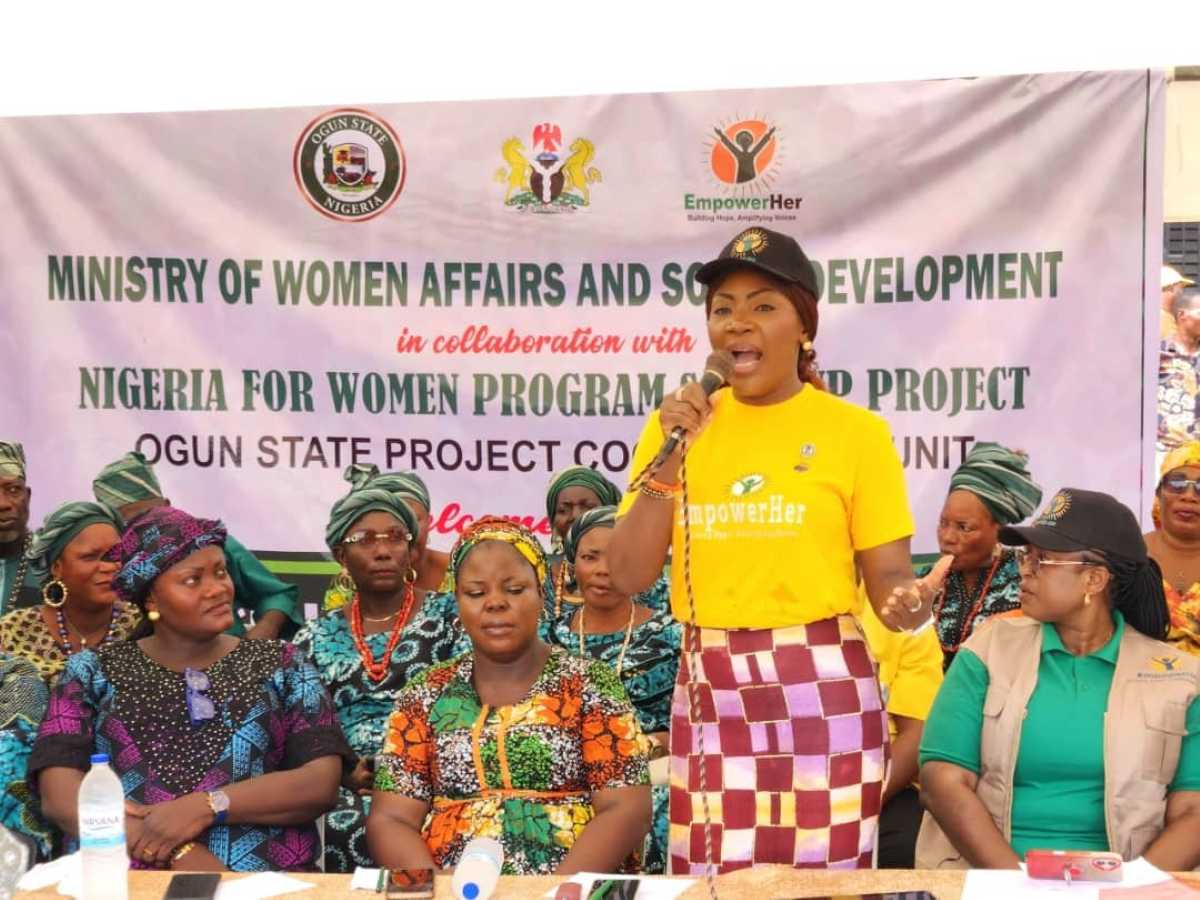The past decade has witnessed gradual yet consistent progress in reducing the number of people living in extreme poverty. Despite this, children continue to be disproportionately affected by the scourge. Stakeholders believe that ending child poverty is achievable through targeted, sustained and inclusive efforts, GLORIA NWAFOR reports.
Prioritising children in global efforts to reduce poverty is not only a moral imperative but also a wise investment in the collective future of economies.
Unfortunately, progress at the global level is uneven. While some regions and countries have made remarkable strides, others have stagnated or even regressed.
According to survey data, countries with notable reductions in extreme child poverty include Indonesia, where the rate fell by 73 per cent between 2015 and 2024; Georgia, where it halved between 2014 and 2023; and Mexico, which saw a reduction of nearly 44 per cent between 2016 and 2022.
While progress in these countries should be celebrated, others are witnessing increases in extreme child poverty, particularly those affected by conflict, fragility and climate shocks.
Sub-Saharan Africa remains the epicentre of extreme child poverty. In 2024, more than 52 per cent of children lived on less than $3.00 a day (purchasing power parity), virtually unchanged from 2014.
Despite accounting for only 23 per cent of the global child population, the region is home to three in every four children living in extreme poverty.
The region’s rapid population growth, coupled with fragility, conflict and climate vulnerability, has made reducing poverty particularly challenging.
Drawing on the latest data from the World Bank’s Poverty and Inequality Platform and recently updated global poverty lines, a new joint analysis by the World Bank and the United Nations Children’s Fund (UNICEF) offers a comprehensive look at global, regional and selected national trends in child poverty over the last decade.
The analysis utilises updated poverty lines that more accurately reflect contemporary economic realities, taking into account inflation and shifting consumption patterns.
The report stated that as of 2024, about 412 million children—or more than 19 per cent of the global child population—survive on less than $3.00 a day. This represents a decline from 507 million, or 24 per cent of children, in 2014.
According to the report, this translates to nearly 100 million fewer children living in extreme poverty over the past decade, despite a temporary setback in 2020 due to the COVID-19 pandemic.
However, the report also highlighted a more concerning situation at the higher poverty threshold of $8.30 a day, which is more relevant for middle-income countries.
In 2024, nearly 66 per cent of children—about 1.4 billion—lived below this line. While this marks an improvement from 73 per cent in 2014, the report emphasised the sheer scale of child poverty at this level, underscoring the urgent need for immediate action.
This brings us back to Sustainable Development Goal (SDG) 1 on “No Poverty” and its relevance to children in Nigeria.
In Nigeria, data from 2024 revealed that about 54 per cent of children are multidimensionally poor, facing at least three deprivations across seven dimensions of child rights, including nutrition, healthcare, education, water, sanitation, adequate housing and information.
These statistics translate into a range of problems such as malnutrition, susceptibility to disease, being out of school, homelessness, child labour, trafficking and early marriage, among others.
It is disheartening to note that one in seven children lives in poverty, even though they are considered the future of society.
Toluwani Ajibare, a Young Influencer with UNICEF Nigeria, underscored the significance of investing in children, stressing that it is essentially investing in human capital.
She highlighted the crucial role of the right to health, nutrition and care, particularly during the first 1,000 days of life, in shaping a child’s ability to live, grow, learn and break the cycle of poverty.
Ajibare further emphasised that investing in children can have a profound impact on families, communities and countries, leading to long-term stability and prosperity.
UNICEF Nigeria is actively working to eradicate child poverty through various initiatives, projects and campaigns. The organisation collaborates with the government to ensure every child has access to essential resources such as shelter, good nutrition, clean water, sanitation, healthcare and education.
One notable initiative is its partnership with the Nigerian Economic Summit Group (NESG). The collaboration aims to review social sector policies and implement accountability measures at the presidential level, including reporting and feedback on child rights and poverty.
At the launch of this partnership, NESG Chairman, Niyi Yusuf, emphasised the need to address child rights violations and poverty.
He highlighted statistics from the National MPI 2022, which revealed that two-thirds of Nigerian children are multidimensionally poor and 51 per cent of all poor people are children.
This alarming figure underscores the urgent need to address the crisis.
In addition to the NESG partnership, UNICEF Nigeria works with other UN agencies, government partners, civil society organisations and NGOs, using child-sensitive programming to reduce vulnerabilities and ensure that children receive adequate support.
An educator and expert on children’s issues, Lilian Ogbonna, stressed the government’s role in combating child poverty. She argued that effective policies are essential and pointed to unemployment reduction, improved education and expanded healthcare access as long-term solutions.
Ogbonna further stressed that subjecting children to poverty is a violation of their rights, as outlined in the Child Rights Act (CRA 2015). These rights include parental care, compulsory primary education and access to healthcare.
She decried the worsening economic hardship, which she said has contributed significantly to child poverty, with many families living below the poverty line.
“The Federal Government should initiate policies aimed at creating economically sustainable programmes to improve family income. These programmes should be harmonised with the states and local governments to ensure strict implementation and effectively lift vulnerable people out of poverty,” she said. She also suggested that Nigeria study India’s success in lifting millions out of poverty.
Taiwo Adeagbo, a teaching assistant at Temple University, Pennsylvania, urged the government to introduce income redistribution policies in favour of the poor.
He also emphasised the need for safety nets and welfare-enhancing programmes to cushion the effects of inflation and improve living conditions.
Adeagbo further advised the government to prioritise education, saying investment in education and skills empowers children to become self-sufficient adults who contribute positively to society.
Calling for urgent action, he described child poverty in Nigeria as a complex issue that requires a holistic approach addressing education, healthcare, economic empowerment and social protection.
He urged collaboration among government agencies, NGOs, community leaders and individuals in the fight against child poverty.
Adeagbo stressed the need for immediate action to ensure every child has access to resources to thrive, saying that breaking the cycle of poverty is essential to building a brighter future for Nigeria.






